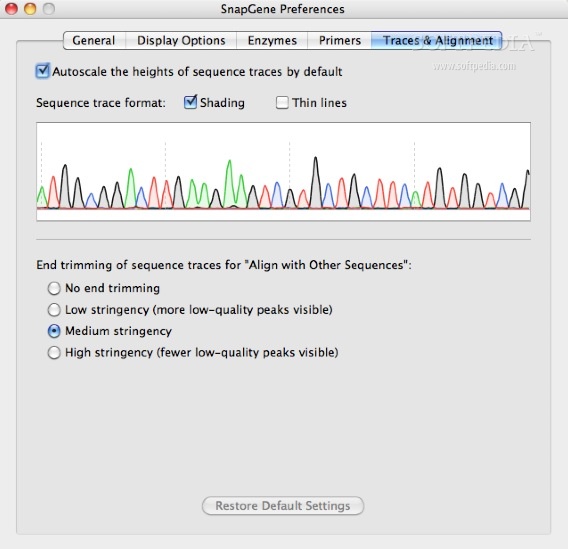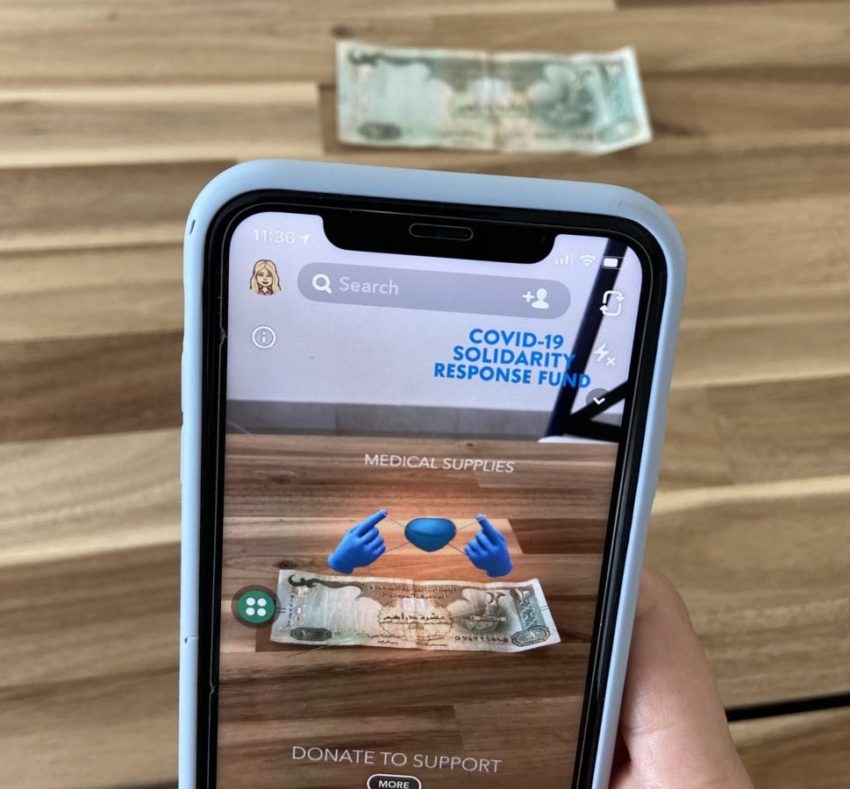
Since this is the forward primer, you want it to be homologous with the top strand, and therefore will select "Top Strand". After you have highlighted the region that meets the above parameters, click "Primers" from the top bar and seltct "Add Primer". Design your primer to have a Tm between 60 − 6 5 ∘ C, restriction sites Avrll for the forward primer and Xbal for the reverse primer, restriction enzyme handle, and GC clamp. As you start highlighting more base pairs Snapgene will autogenerate your Tm. Click and drag from there across your restriction site. Find your restriction site, then count upstream ( 5 ' end) the number of bases you noted in step " b " necessary for the handle. Start with the 5 ′ end of your forward primer. To create your forward primer, select and drag your curser over the base pairs you wish to use. To create your forward primer, select and drag your curser over the base pairs you wish to use.Į. Click on the sequence view at the bottom of the Snapgene window. Next, navigate back to your Snapgene window. Note the minimum number of bases necessary to add as a "handle" on the 5 ' end of your primers to have the maximum " + " cleavage rating. Navigate to guidelines/cleavage-close-to-the-end-of-dna-fragments b. ttps://lesign forward and reverse primers for g f p.

Vatch the "How to Design Primers for PCR". Add features for Avrll and Xbal as was done with the start and stop codons and use the nondirectional "I-|" icon. This will highlight the short sequence associated with that site. Upstream and downstream of gfp will be the restriction sites Avrll and Xbal. abel restriction enzyme sites Avrll and Xbal a. Now Scroll to the end of the gene and repeat the process for creating a feature for the stop codon, only click the notidirectional "I-|" icon instead of the " → " icon. On the menu bar click "Features", and then click "Add Features" d.

At the first of the GFP sequence you will find the start codon. Click on "Sequence" at the bottom of the screen.ī. Currently you are on map view of your sequence.

If the file name was done correctly, the bottom of the screen should state your first and last name and gfp. The map view of your sequence should appear. Click "OK" g: Snapgene will detect common features. Under "File Name", name your file "your first name, last name and gfp sequence. Copy and paste your g f p sequence into the window that appears. Click "File" and then select "New DNA File" from the drop-down menu. Create Snapgene map of GFP sequence document.
#SNAPGENE VIEWER. DOWNLOAD#
Complete the Snapgene download instructions.


 0 kommentar(er)
0 kommentar(er)
